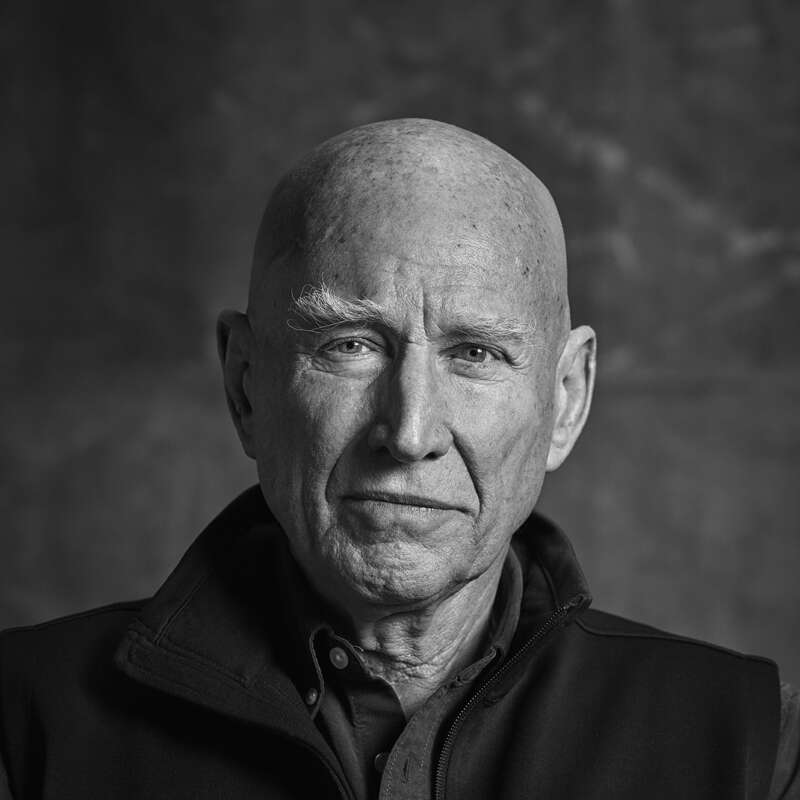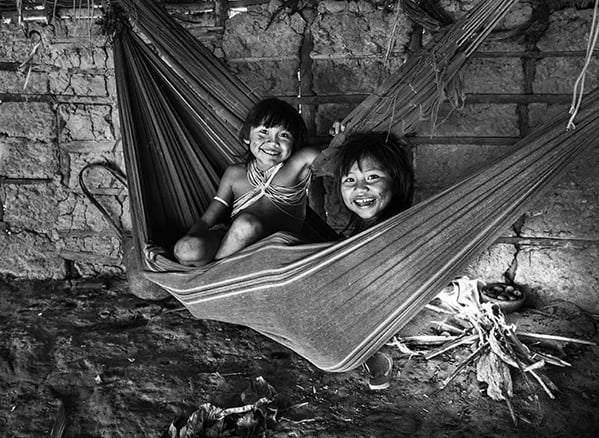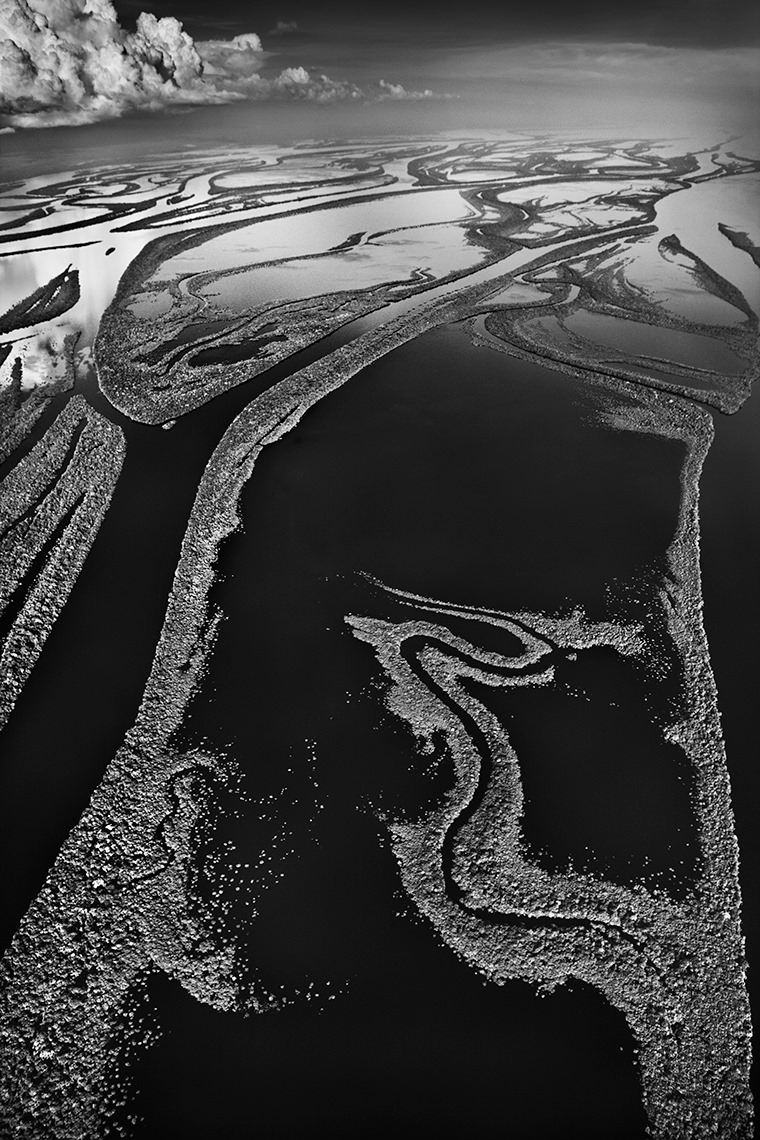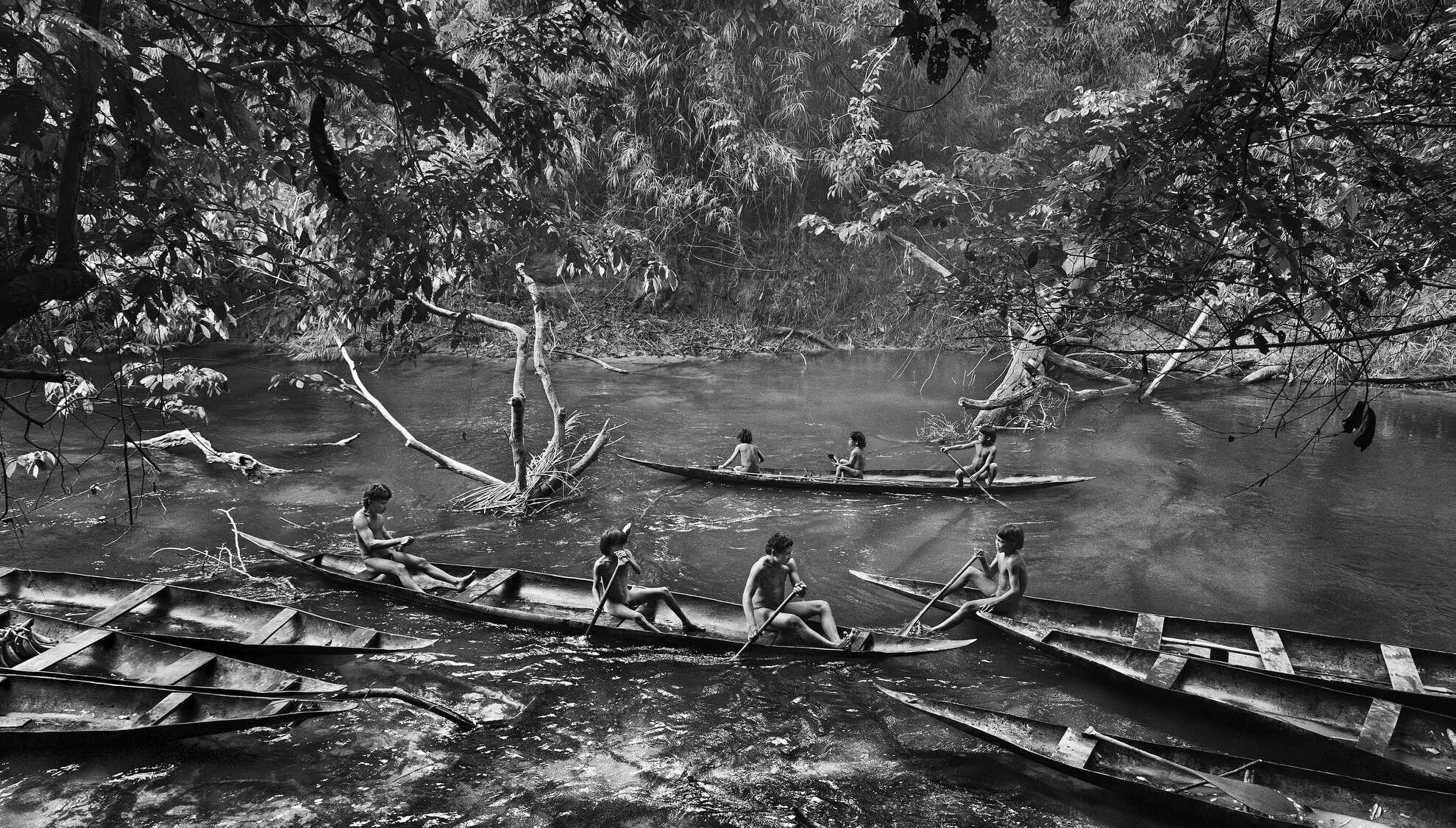Sebastião Salgado, known for his astonishing monochrome images that capture the raw core of human existence and the marvels of nature, has made an enduring impact on the realm of photography.

Born on February 8, 1944, in Aimorés, Brazil, Salgado’s journey towards becoming a renowned photographer was not a straightforward one. Initially, he pursued a career in economics and obtained a master’s degree in the field. However, his wife Lélia Wanick Salgado bought a Pentax Spotmatic II camera and once Sebastião picked it up – his life was never the same.
Throughout his career, Salgado has explored a broad array of subjects, encompassing social matters and environmental concerns. His most renowned projects comprise “Workers,” a captivating exploration of laborers’ lives worldwide, and “Genesis,” a breathtaking visual expedition that captures the pristine allure of our planet’s distant corners.
Most recently, he has dedicated over two decades to capturing the existence of the Amazon’s Indigenous populations, showcasing their ability to navigate an ever-evolving modern society while steadfastly preserving their cultural heritage and customs.
Salgado’s photographic style is easily recognized by their monochromatic compositions that reflect his attention to detail, his masterful manipulation of light and shadow and his dedication to capturing the true resilience of his subjects.
Beyond his artistic accomplishments, Salgado is also a devoted humanitarian. He and Lélia established the Instituto Terra, a nonprofit organization dedicated to reforestation and environmental conservation in Brazil. Their endeavors have transformed a desolate piece of land into a flourishing forest, exemplifying the potential of environmental restoration.
*All images are © 2023 Sebastião Salgado, unless otherwise stated.
Disclaimer: The views and opinions expressed in this interview are those of the interviewees and do not necessarily reflect the views or positions of Public Health Landscape or Valent BioSciences, LLC.






